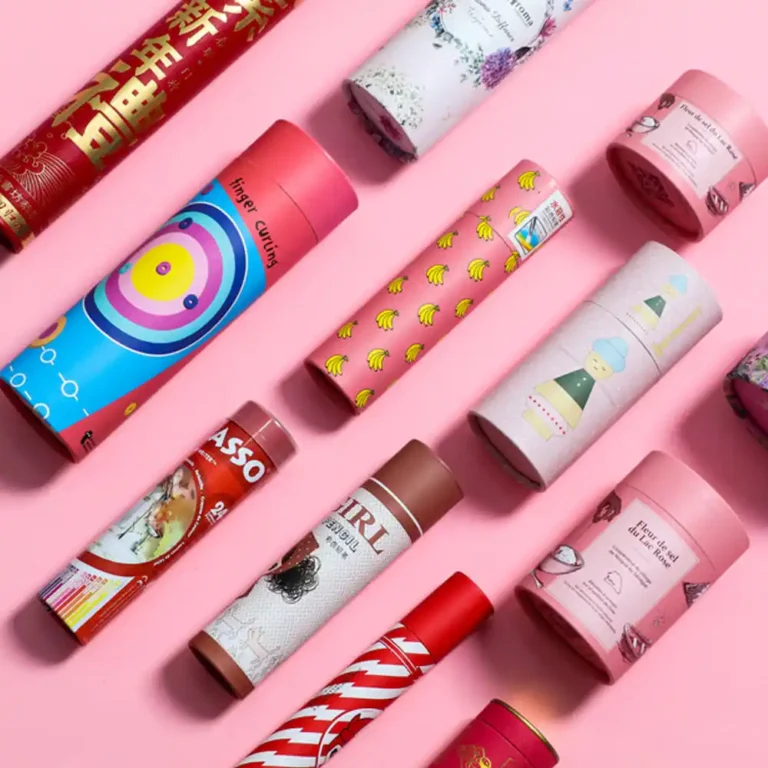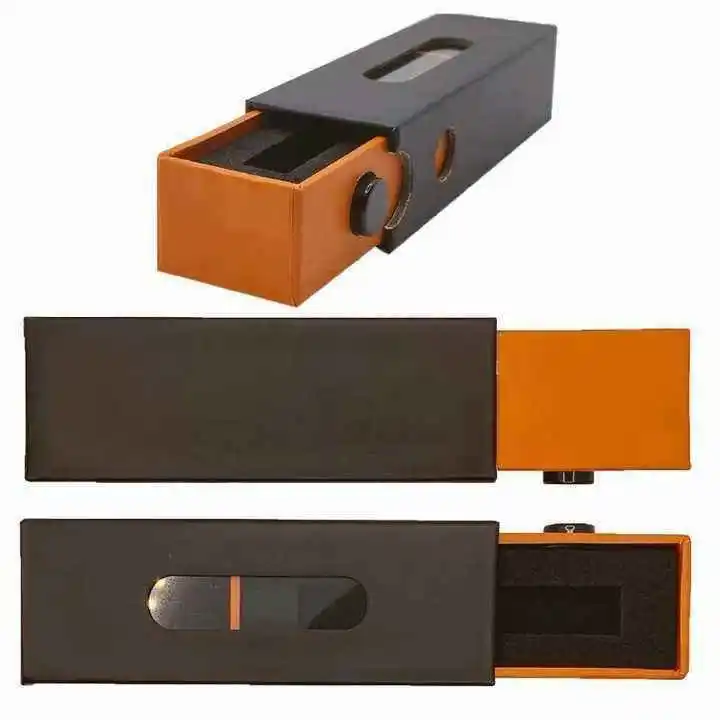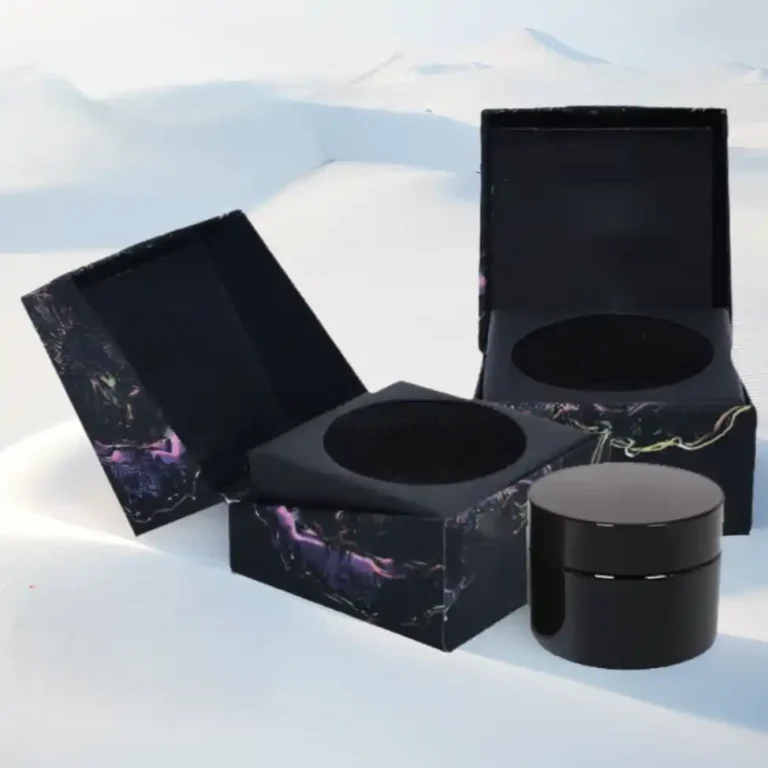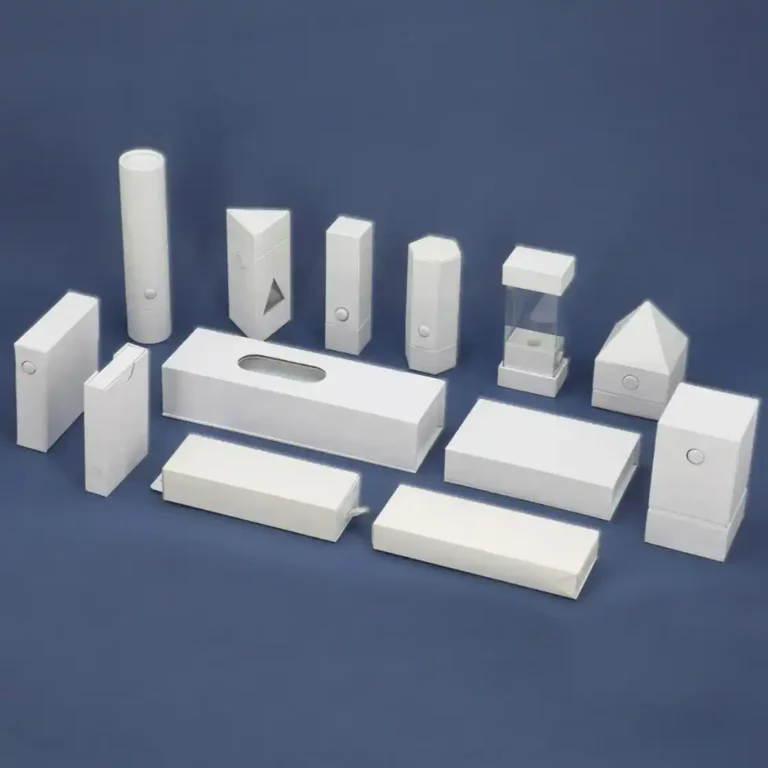Rigid Boxes vs. Folding Cartons: A Complete Comparison
Introduction
Your packaging is a 3-second pitch at arm’s length. Rigid boxes whisper “keep me,” while folding cartons say “pick me—now.” This guide breaks down both formats across engineering, production, function, and business outcomes, then closes with a decision matrix you can take to your next review. For quick visual benchmarks, explore the homepage, a premium two-tier rigid gift box, a versatile foldable magnetic gift box, an e-commerce-ready corrugated mailing box, a shelf-efficient folding carton for cosmetics, a sturdy rigid phone box, a ceremonial rigid clamshell candle jar box, and a protective corrugated suitcase shipper.
Table of Contents
1. Material Engineering: The Transition from Basic Physics to Perceived Value
Board grade and caliper selection
Rigid boxes use dense greyboard or chipboard wrapped with specialty papers. Caliper and mass translate to stiffness, edge integrity, and a straight silhouette in hand—ideal for glass, ceramics, and curated kits. Folding cartons rely on engineered paperboards such as SBS, FBB, or CRB that score cleanly and spring back with precision. The physics is simple: optimize strength-to-weight for shelf life, line speed, and pallet density.
Surface papers, laminations, and coatings
Both formats accept soft-touch, matte, gloss, anti-scratch films, spot UV, foils, and sculptural emboss-deboss. Rigid favors textured wraps that slow the shopper down. Folding cartons favor graphics-rich layouts and tight registration that communicate from a distance. Choose texture for keepsake value and depth; choose print intensity for claim clarity and speed.
Structural formats and hardware
Rigid structures include lift-off lid, shoulder-neck, book-style, clamshell, and sliding drawer, with inserts in EVA, molded fiber, or folded board. Folding cartons shine with straight and reverse tuck, auto-bottom, sleeves, and window patching. Need an heirloom-style reveal or multi-piece kitting? Rigid wins. Need speed on auto-erect lines and case packing? Folding leads.
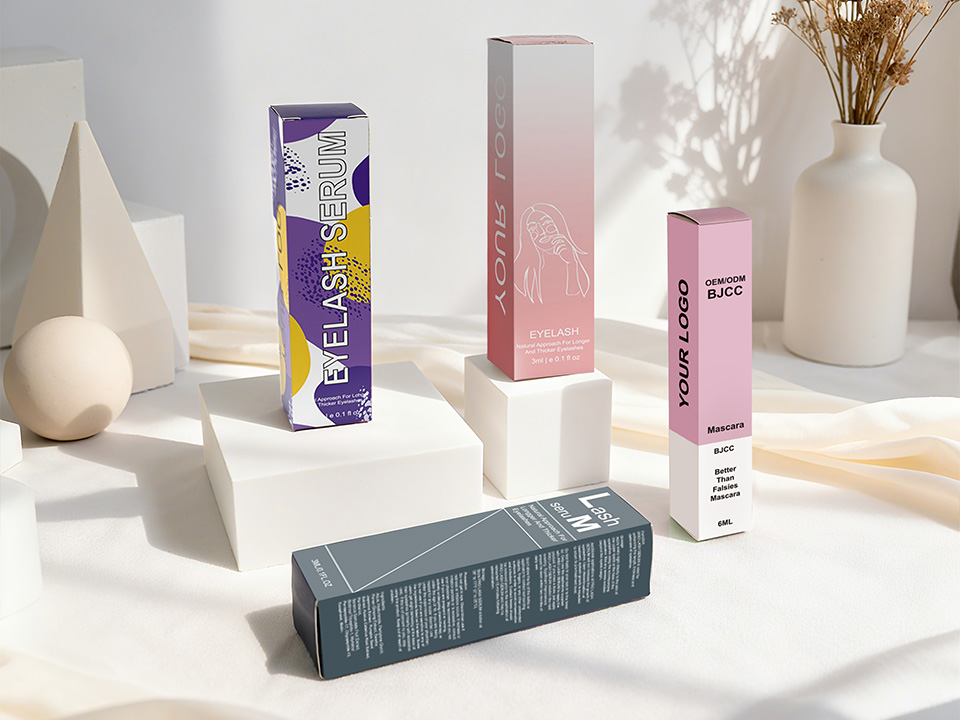
2. Production Paradigm: The Duel Between Handmade Art and Industrial Efficiency
Manual assembly vs. automation
Rigid programs often blend machine gluing with skilled hand-wrapping and inspection to achieve seamless corners and tight wraps. Folding cartons run end-to-end on high-speed litho or flexo lines—print, die-cut, strip, fold, glue—absorbing volume with minimal touchpoints and fast takt times.
MOQ, lead time, and changeover dynamics
Cartons adapt quickly to SKU churn thanks to lighter tooling and rapid make-readies. Rigid asks for more planning across board cutting, wrap setups, and accessory fit. Use rigid for seasonal capsules, hero SKUs, and PR-worthy gifts. Use cartons for steady velocity and frequent artwork refreshes.
Quality control checkpoints
For rigid: board squareness, wrap tension, corner fold neatness, magnet alignment, and insert fit. For cartons: color delta-E, score depth, glue integrity, opening torque, and barcode legibility. For both: keep varnish laydown consistent and maintain dust-free finishing to prevent mottle or fish-eyes.
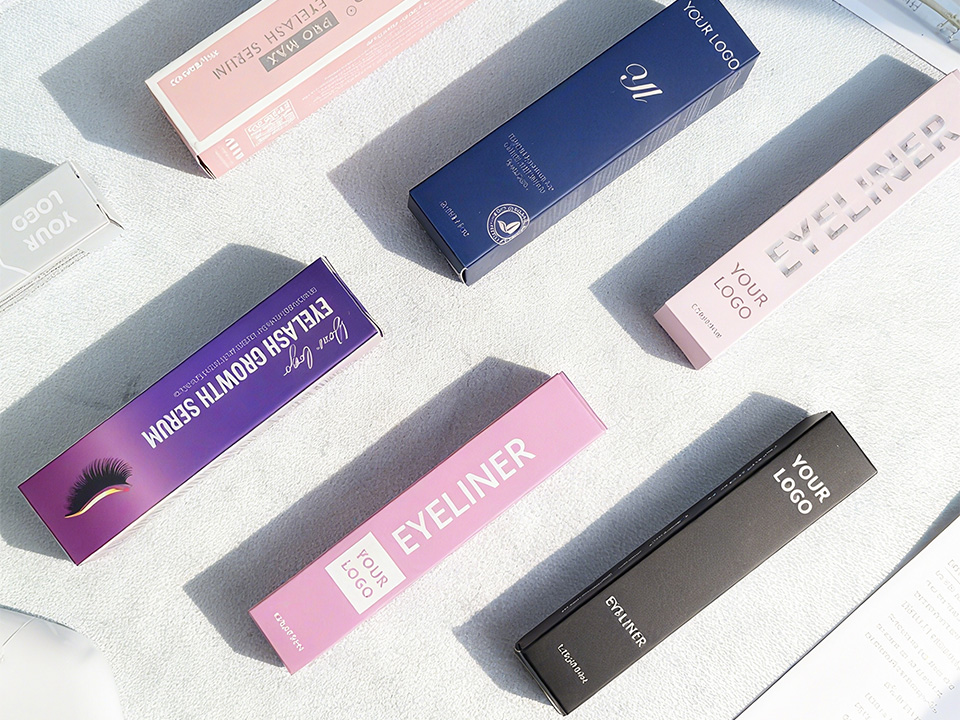
3. Functional Scenarios: From Physical Protection to Emotional Resonance
Protection and logistics performance
Rigid shells plus tailored inserts cut breakage and returns for heavy or fragile items and create a stable presentation tray at unboxing. Folding cartons pair naturally with corrugated outers to maximize pallet density and last-mile efficiency. If freight and warehousing dominate your P&L, cartons are your scalpel. If damage rate and brand theatre matter most, rigid is your hammer.
Unboxing, storytelling, and gifting
Rigid boxes stage a ceremony: the soft pull of a ribbon, the hush of a magnetic flap, the precise reveal of a shoulder lid. That moment encourages reuse and turns customers into storytellers. Folding cartons communicate fast—panels become a storyboard for claims, ingredients, and icons that convert at shelf distance.
Sustainability and end-of-life design
Both can meet modern goals with responsible fibers and water-based inks. To improve rigid recyclability: favor mono-material wraps, magnet-free closures, and fiber or molded-pulp inserts. For cartons: right-size dielines, specify recyclable coatings, and keep windows detachable or fiber-based.
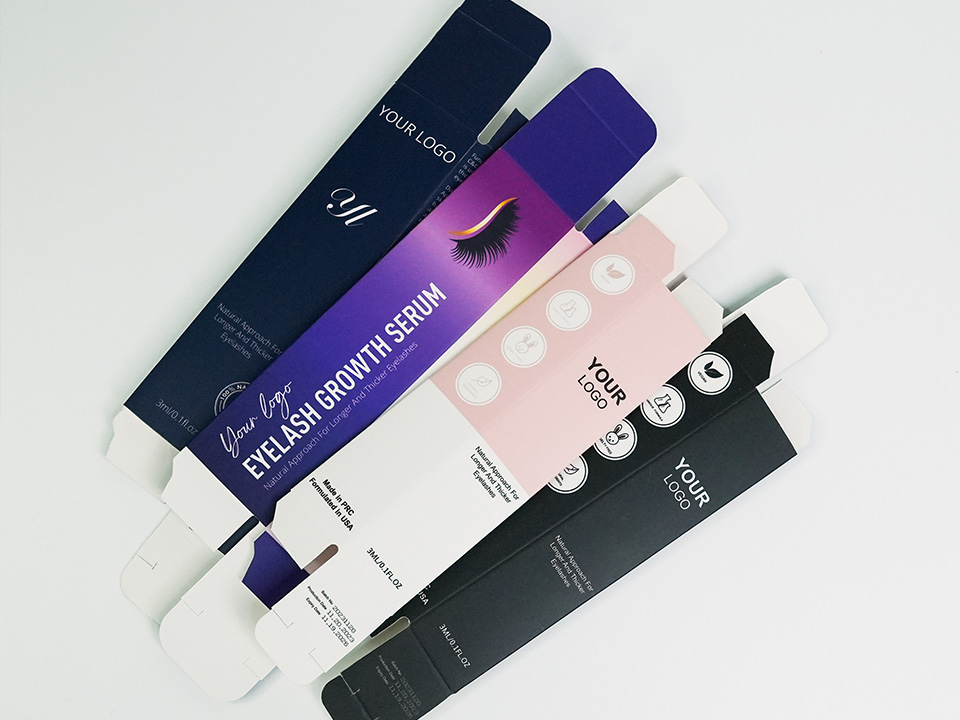
4. Business Logic: The Game Between Cost Model and Value Transformation
Total cost of ownership, not just unit price
Model more than unit price. Include damage rates, returns, pick-pack time, pallet density, retailer compliance, and the halo effect of unboxing content. A rigid upgrade that halves breakage or fuels user-generated moments can outperform on net margin. A precisely engineered folding carton can trim freight and raise compliance to lift contribution profit.
Pricing power and perceived value
Rigid packaging grants permission to anchor premium pricing and signal craftsmanship. Folding cartons underscore accessibility, transparency, and sustainability. Match the format to the margin story you want customers to feel in hand.
When to choose which: a quick decision matrix
- Choose rigid boxes for heavy or fragile goods, curated sets, VIP gifting, and high-margin launches where unboxing is a marketing channel. See this two-tier rigid gift box and this rigid clamshell candle jar box.
- Choose folding cartons for planogram density, frequent artwork updates, subscription replenishment, and e-commerce where grams and millimeters matter. See the folding carton for cosmetics and the foldable magnetic gift box.
- Hybridize when you need both: present a rigid hero pack inside a protective shipper, like this corrugated mailing box or a corrugated suitcase shipper.
Conclusion
Rigid converts touch into trust and ceremony into shareability. Folding converts lightness into scale and clarity into conversion. Start from your channel mix, damage tolerance, and brand brief. Then pick the format that turns that brief into performance—on the shelf, in transit, and in hand.
Authoritative citations:
- ISO 536 grammage; ISO 2470-2 brightness; ISO 2813 gloss
- TAPPI T 410 basis weight; TAPPI T 818 flat crush; TAPPI T 811 ring crush
- ASTM D642 compression testing for shipping containers
- ISTA 3A and 6-Amazon simulated transit testing
- FSC Chain of Custody for responsible fiber sourcing
- ISO 18606 and ISO 14021 guidance on recyclability and environmental claims






